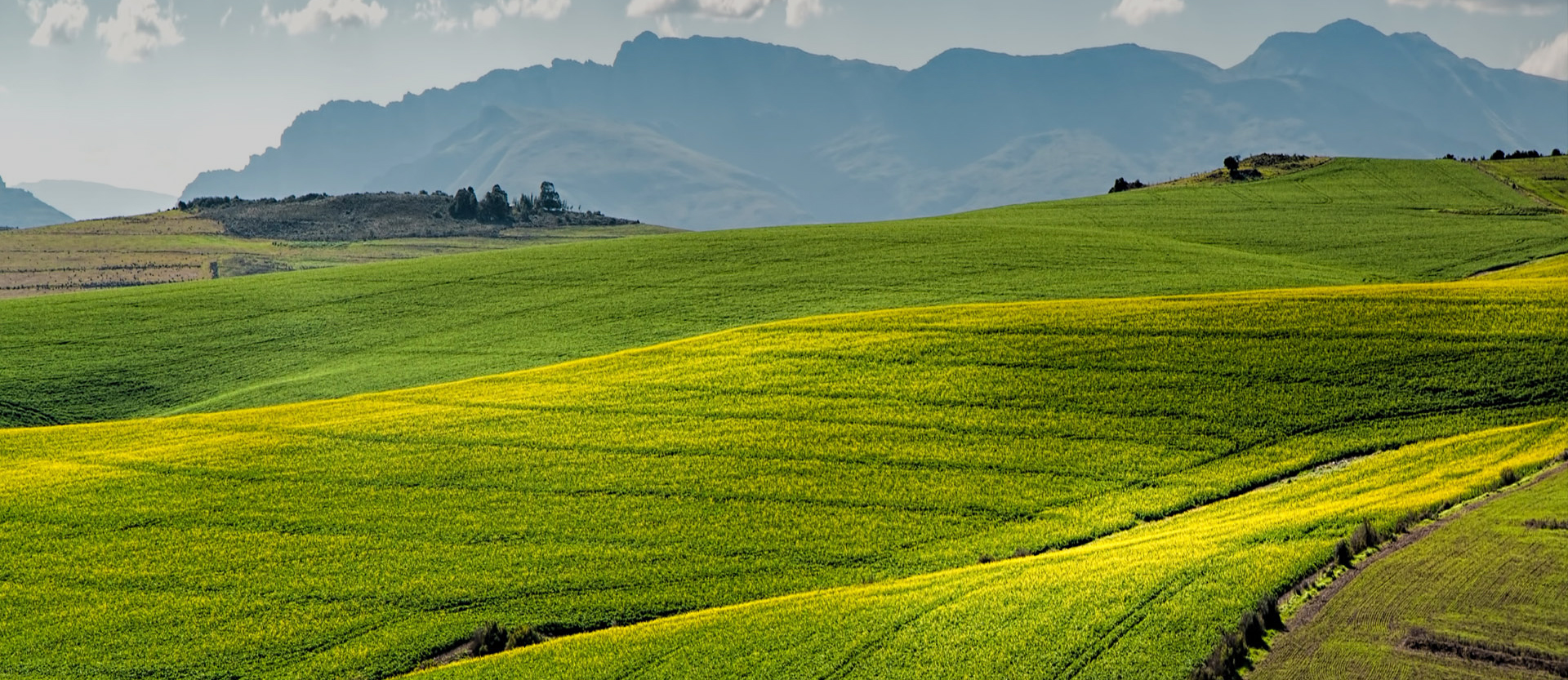|
Pesticide registration certificate number: PD20150896
|
|
Registration certificate holder: Jiangsu Ruidong Pesticide Co., Ltd
|
|
Pesticide name: prometryn + Pyrazosulfuron-ethyl + simetryne
|
|
Dosage form: WP
|
|
Toxicity and its identification:

|
|
Total active ingredient content: 31%.
|
|
Active ingredient and its content:
prometryn 12% Pyrazosulfuron-ethyl 3% simetryne 16%
|
|
Scope of use and method of use:
|
Crops/sites
|
Prevention and control objects
|
Dosage (preparation quantity/mu)
|
Method of application
|
|
Rice transplanting field
|
Annual weeds
|
50-60 g/mu
|
Medicated soil method
|
|
|
Technical requirements for use:
10-15 days after rice transplanting, mix 20kg of fine soil according to the amount per mu of this product, mix evenly, and sprinkle once in the whole field after the rice leaves are dry. A shallow water layer of 3-5 cm should be maintained during and after application, and water retention should be insisted on for about a week, and normal field management should be resumed later, and the water layer should not submerge the rice heart. This product can be applied at most once per season.
|
|
Product Performance:
This product is a kind of sulfonylurea Herbicide and triazine Herbicide through a scientific and reasonable ratio of ternary compound Herbicide. This product not only gives full play to the respective advantages of Pyrazosulfuron-ethyl, simetryne and prometryn, overcomes their shortcomings, but also significantly improves the control effect of monocotyledonous weeds. A single application can control a variety of weed hazards during the rice growth period.
|
|
Notes:
1. It is required to be leveled, the pH of the soil texture has a great impact on the safety, the sandy soil with less organic matter content, the low-lying poorly drained land and the heavy alkali or strong acidic soil are easy to cause pesticide damage and should not be used. 2. According to the number of weeds, choose the appropriate application time and dosage. The field is dominated by barnyard grass and broad-leaved grass, and the application should be appropriate early, and the pesticide should be applied after the seedlings return to green. However, small seedlings and weak seedlings are prone to pesticide damage, so it is best to mix them with barnyard herbicides to reduce the dosage. 3. The temperature should be below 30 °C when taking medication, and it is easy to produce drug damage if it exceeds 30 °C. 4. The transplanting field should establish a shallow water layer of 3-5 cm and retain water for more than 5 days, in order to achieve the desired effect, it is necessary to drain the water when it rains heavily, and the water layer can not be submerged in the rice heart, otherwise it is easy to cause pesticide damage. 5. Pay attention to protection when applying pesticides, such as wearing masks, protective risks, etc.; Not accessible to pregnant and lactating women. The residual chemicals and waste packaging materials generated in the application process can not be discarded at will, and should be treated uniformly, and the water used to clean the pesticide application equipment cannot pollute water bodies such as fish ponds and rivers. It is forbidden to clean pesticide application equipment in rivers and ponds and other water bodies.
|
|
First aid measures for poisoning:
This agent is irritating to the eyes and skin. If it accidentally splashes in the eyes or on the skin, rinse immediately with plenty of water; If you eat it by mistake, you can induce vomiting, and take this bottle to the hospital for diagnosis and treatment, there is no specific antidote.
|
|
Storage and transportation methods:
1. This product should be stored in a cool, dry place, away from food, feed and children's reach, and locked. 2. Avoid direct sunlight and rain during transportation. 3. The stacking height of the package during transportation should not be higher than 3.0 meters, and it should be handled with care when loading and unloading. Do not store and transport seeds, food, beverages, feed, etc.
|

